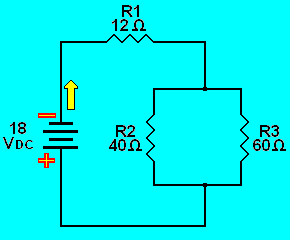
Direct current (DC or "continuous current") is the constant flow of electric charge. This is typically in a conductor such as a wire, but can also be through semiconductors, insulators, or even through a vacuum as in electron or ion beams. In direct current, the electric charges flow in the same direction, distinguishing it from alternating current (AC). A term formerly used for direct current was Galvanic current.
The first commercial electric power transmission (developed by Thomas Edison in the late nineteenth century) used direct current. Because of the advantage of alternating current over direct current in transforming and transmission, electric power distribution today is nearly all alternating current. For applications requiring direct current, such as third rail power systems, alternating current is distributed to a substation, which utilizes a rectifier to convert the power to direct current. See War of Currents.
Applications
DC offset
Alternating Current
New York City Subway
London Underground
